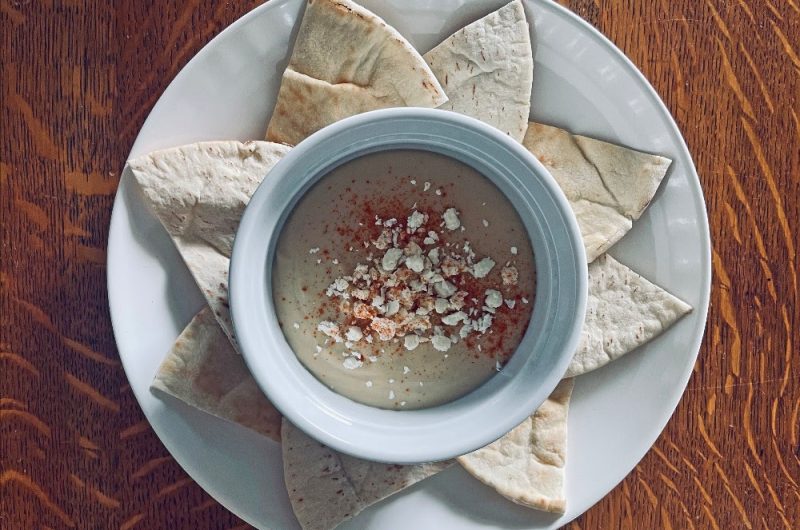
ABOUT THE ART
Hendrick Goltzius, St. James the Great, from Christ, the Apostles and St. Paul with the Creed, ca. 1589, engraving, Harris Brisbane Dick Fund, 1917, sheet: 6 1/8 x 4 1/4 in., plate: 5 15/16 × 4 1/8 in. New York. The Metropolitan Museum of Art.
Saint James the Great – July 25th
St. James the Great was one of Jesus’ closest companions, even being present at the Transfiguration. He and his brother John were both fishermen and among Jesus’ most devoted disciples. He is not to be confused with James the Lesser or James the Just, who tradition celebrates as the same person on May 1st.
Some traditions say that he traveled to Spain, where he is now the patron saint, to preach the gospel. James the Apostle was beheaded in Jerusalem (Acts 12:1-2), but tradition says that his body was placed on a ship and sent back to Spain, where he is buried under the cathedral of Santiago de Compostela. His tomb became the destination of one of Europe’s most important pilgrimage routes. This pilgrimage has recently been rediscovered, as millions now walk the Camino to seek spiritual renewal. His symbol became the scallop shell, because they surrounded his burial chamber, and pilgrims all over the world carry scallop shells as a sign of their spiritual journey.
On the feast of St. James, it is good to go for a prayer walk or a mini-pilgrimage to a sacred place in your community. One could also celebrate with a meal of scallops. However, we are making a generous helping of an Israeli favorite—hummus. We fell in love with this dish while on pilgrimage in the Holy Land and have found it to be an easy-to-prepare and crowd-pleasing appetizer.

Hummus
Hummus is a Middle Eastern dip or spread made from cooked and mashed chickpeas, blended with tahini (a paste made from sesame seeds), lemon juice, garlic, and olive oil. It has a smooth, creamy texture and a rich, nutty flavor.
Keep the screen of your device on
Ingredients
1 tablespoon 1 plus 2 teaspoons lemon juice
4 4 garlic cloves, grated
5 cups 5 garbanzo beans (canned)
Liquid from the canned garbanzo beans
1 tablespoon 1 plus 1 teaspoon salt
1/2 teaspoon 1/2 ground cumin
1 1/4 cups 1 1/4 tahini paste
1 tablespoon 1 olive oil (for serving)
1 teaspoon 1 freshly squeezed lemon juice (for serving)
1/4 teaspoon 1/4 paprika (for garnish)
feta (for garnish)
Directions
- In a small bowl add the 1 tablespoon plus 2 teaspoons lemon juice and the 4 garlic cloves, grated and let sit for 3 minutes.
- In a food processor add the 5 cups garbanzo beans (chick peas), the lemon juice/garlic mixture, 1 tablespoon plus 1 teaspoon salt, and 1/2 teaspoon ground cumin. Puree the mixture for 5 minutes, stopping a few times to wipe down the sides of the bowl. Slowly add the 1 cup of liquid from the canned garbanzo beans in a steady stream while blending. Continue blending for another 2 minutes once all the liquid has been added. The mixture should become light and creamy.
- Turn the food processor off and add the 1 1/4 cup tahini paste. Blend for 10 seconds. Scrape down the bowl then blend for 10 more seconds.
- Let the hummus sit until it reaches room temperature.
- Garnish with olive oil, lemon juice, paprika, and feta. Serve with fresh pita.